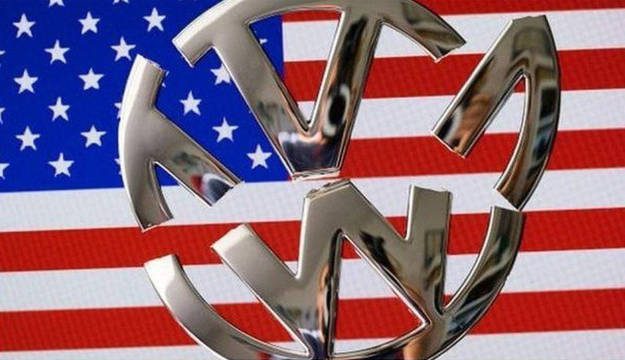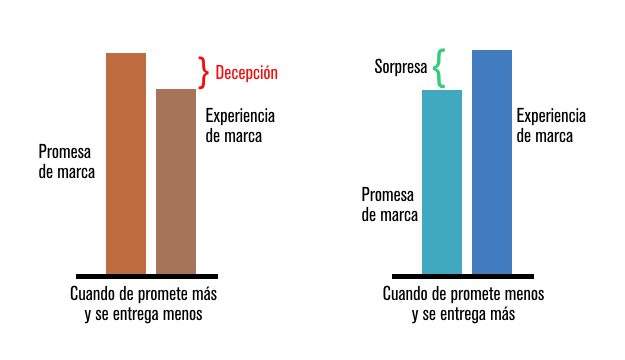Advertising is an important tool for brands, as it allows them to attract consumers’ attention and present their products or services in an attractive way.
However, when a brand lies in its communication, it can harm its reputation and the trust consumers have in it.
Lying can come in many different forms. It can be a false claim about a product’s features, an exaggeration of the benefits it offers, the manipulation of data or images, or even the omission of important information.
Whatever form it takes, lying in advertising can damage a brand’s credibility and reduce consumer loyalty.
One example of a brand that has lied in its advertising is Volkswagen. In 2015, it was discovered that Volkswagen had installed software in its diesel vehicles to manipulate pollutant gas emissions during emissions tests.

The company had been promoting its diesel vehicles as more efficient and environmentally friendly than gasoline vehicles, but this turned out to be a lie.
This scandal affected Volkswagen’s reputation and consumer confidence in the brand. The company had to pay millions of dollars in fines and face lawsuits from consumers and governments around the world. In addition, it had to recall millions of vehicles and face a drop in sales.
Another example of a brand that has lied in its advertising is the food company Kellogg’s. In 2016, Kellogg’s was fined by the U.S. Federal Trade Commission for claiming that its Frosted Mini-Wheats cereal improved school performance by 20% in children. The company was unable to prove this claim and was fined for making false claims.

This case shows how a lie in advertising can have legal consequences for a brand. In addition to paying fines, Kellogg’s also faced a loss of credibility and trust from consumers.
A third example of a brand that has lied in its advertising is the technology company Apple. In 2012, Apple was fined in Italy for making misleading claims about the water resistance of its iPhone. The company claimed that the iPhone was water resistant to a depth of one meter for 30 minutes, but this was not true in all situations.

This case shows how even the biggest and most respected brands can make mistakes in their advertising. Apple had to pay a fine and withdraw some of its ads in Italy because of this misleading claim.
Dr. Nader Tavassoli, professor at the London School of Business and a specialist in brand strategy, says that the consumer experience is one of the most important elements when a customer values a brand, and that it is essential that communication or advertising does not overdo it, because it can have the opposite effect.
In such a case, consumers, when comparing the brand promise (advertising) and the experience with the product or service, conclude that it is not true, and a negative effect is generated towards the brand.

Seth Godin, the great marketing guru of our time, recommends: promise less and deliver more. That is: surprise your consumers.
Having them describe in their own words what they experienced with the brand, and telling their friends, relatives and acquaintances about it, is invaluable to companies.
It does not have immediate effects, but it does have the sustained growth in preferences and, therefore, in market share that is sought.
In conclusion, lying in marketing and advertising can have serious consequences for brands.
In addition to damaging reputation and consumer confidence, it can also have legal and financial consequences.
Brands must be honest and transparent in their advertising and ensure that their claims are truthful and accurate.
Otherwise, they may face the consequences of their lies, such as fines, lawsuits and loss of customers.





